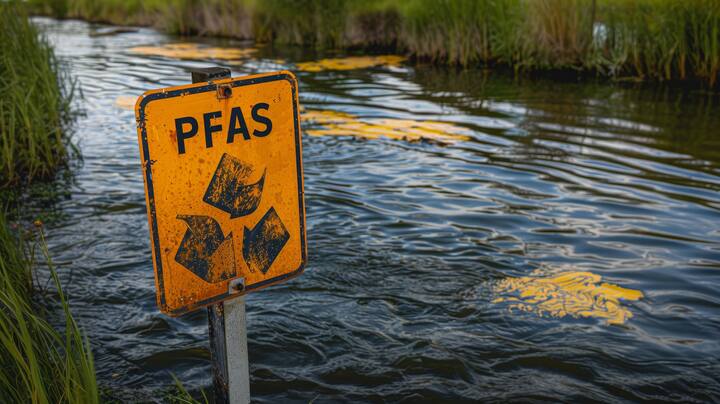
EFSA advances PFAS risk assessment with cutting-edge methods
EFSA advances PFAS risk assessment with cutting-edge methods
The European Food Safety Authority (EFSA) has released a groundbreaking report exploring the immunotoxic effects of per- and polyfluoroalkyl substances (PFAS) using New Approach Methodologies (NAMs). This study marks a significant step forward in understanding how PFAS may impair immune function - and how modern testing strategies can support regulatory decision-making.
Why PFAS matter
PFAS < https://normecgroup.com/en-gb/business-line/environmental-labs/lab-test/pfas/> are a group of synthetic chemicals used in everything from non-stick cookware to firefighting foams. Known for their persistence in the environment and the human body, PFAS have been linked to a range of health concerns. Among the most pressing is their potential to suppress immune responses, including reduced vaccine efficacy and increased susceptibility to infections.
While previous epidemiological studies have raised alarms, the mechanisms behind these effects remained unclear - until now.
A new approach to risk assessment
EFSA’s project aimed to fill key data gaps identified in its 2020 opinion on PFAS. The team focused on four substances: PFOS, PFOA, PFNA, and PFHxS. Using an integrated testing strategy (ITS).
This multi-pronged approach allowed scientists to explore not just whether PFAS are immunotoxic, but how and why.
Key findings
The study:
Confirmed all four types of PFAS tested showed potential to suppress the immune system, with PFOS and PFOA being the most harmful.
Suggested these lab-observed immunotoxic effects would likely occur at real-world exposure levels.
Predicted an increased risk from suppressed vaccine response, especially in sensitive groups.
These insights are crucial for regulators, researchers, and environmental laboratories working to assess and mitigate PFAS risks.
Read the full article here: https://efsa.onlinelibrary.wiley.com/doi/epdf/10.2903/sp.efsa.2024.EN-8926
What this means for environmental labs
For laboratories like ours, this study is a call to action - and a source of inspiration. It demonstrates the power of combining advanced cell-based assays with computational modelling to generate meaningful, mechanistic data. As regulatory frameworks evolve, labs that adopt NAMs will be better positioned to support compliance, innovation, and public health.
At Normec, we’re already exploring how to integrate NAMs into our environmental testing services. From PFAS to microplastics, we’re committed to staying at the forefront of science and sustainability.